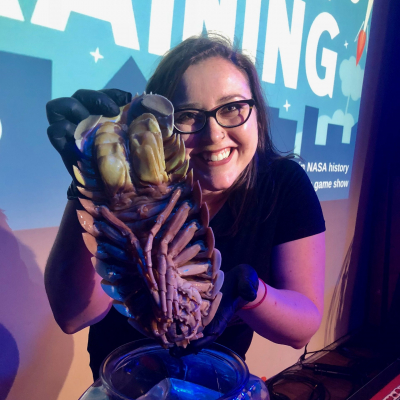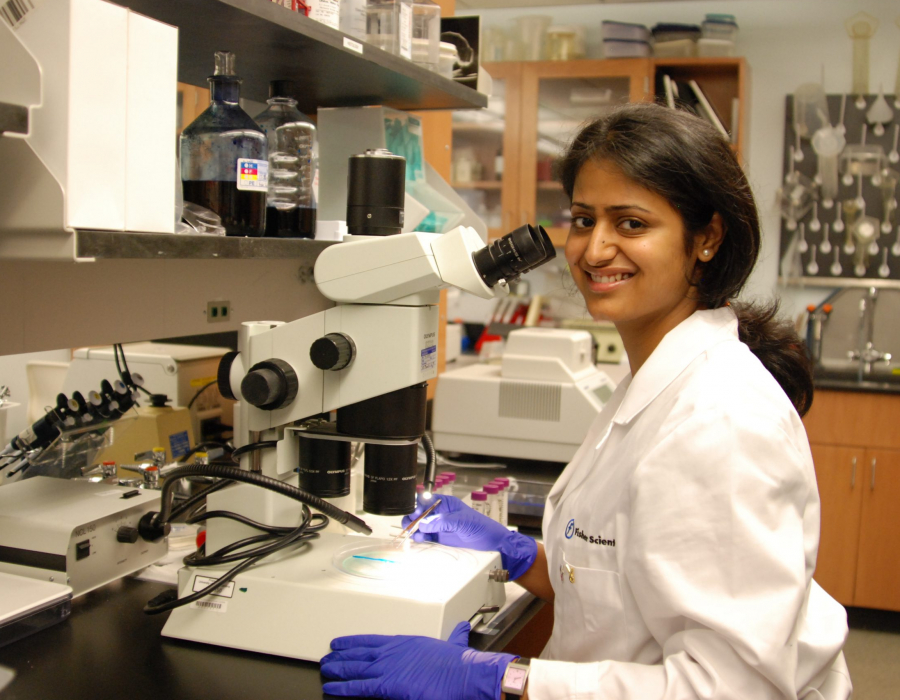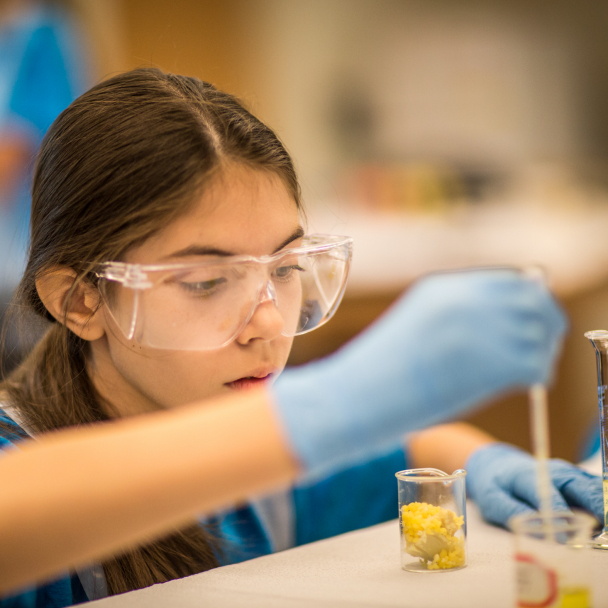The STEM Gap
When it comes to 'innate' abilities, there's zero evidence to support the notion that boys are better at math and science. Yet these limiting stereotypes persist.
Nature or Nurture? No, It's Bias
The Science, Technology, Engineering and Math (STEM) fields will account for some of the fastest growing — and highest paying — jobs of the future. Yet girls and women are still not on par with boys and men in preparing for or entering into these fields.
Gender bias in school remains a significant barrier to girls’ progress in STEM. Starting in early childhood, teachers and parents provide explicit and implicit messages that boys and men are “better” at math and science — although there is no evidence for that. Black girls and women and Latinas are even more likely to be dissuaded from pursuing math and science, because they face discrimination and have less access to critical resources, opportunities and role models.
Research shows that there is no inherent difference in math and science capability between girls and boys. It’s also a myth that girls aren’t interested in science: In elementary, middle, and high school, girls and boys take math and science courses in roughly equal numbers, except in engineering and AP computer science, according to the National Science Foundation. One study found that the apparent gender gap in mathematics is smaller in countries with greater gender equality, suggesting that gender differences in math are largely due to cultural and environmental factors, not ability.
UnderRepresented and Underpaid
Still girls have fewer role models in the STEM fields and fewer examples in media and popular culture. This reinforces stereotypes of these specialties as masculine. One study estimates that if girls had the same number of women inventor role models that boys have of male inventors, the gender gap in innovation could be cut in half.
A number of studies find that bias against women is the biggest obstacle keeping college women away from pursuing STEM degrees. Men vastly outnumber women majoring in many areas of math, science and technology. So it’s no surprise that women make up only 28% of the STEM workforce.
A typical STEM worker earns two-thirds more than those employed in other fields. Giving women equal opportunities to pursue — and thrive in — STEM careers helps narrow the gender pay gap and enhance women’s economic security. What’s more, greater diversity also helps to banish biases, ensure a more talented STEM workforce and lead to a fuller range of the products and services that workforce produces.
How We Can Close the STEM Gap
Women & STEM
Girls and women are systematically tracked away from science and math throughout their educations, limiting their training and options to go into these fields as adults. Get the facts about the STEM gap with AAUW’s research.
Read the ReportBuild Connections between Scientists and Students
There’s a huge disconnect between what many folks think science is and what it actually is. We can decrease the intimidation factor by building a connection between scientists and students and by showing scientists as people, not cold geniuses. Everyone needs to to engage with science, whether they’re scientists or not. The more we can show people that science is for them, the better-off society will be.

More Resources

Fellowships & Grants
For more than 130 years, AAUW has given over $115 million to more than 13,000 women and nonprofit organizations around the world. From astronauts to zoologists, the recipients of AAUW’s fellowships, grants and awards represent nearly every imaginable field.

Where We Stand: STEM Education
Despite recent gains, gender biases remain in STEM at all levels of education and employment. If we truly intend to meet the needs of the 21st-century economy, we must break down barriers, increase girls’ interest in STEM, and encourage more women to pursue STEM careers.
Take Action
There are lots of ways to get involved with AAUW’s work to advance gender equity. Together, we can make a difference in the lives of women and girls.

